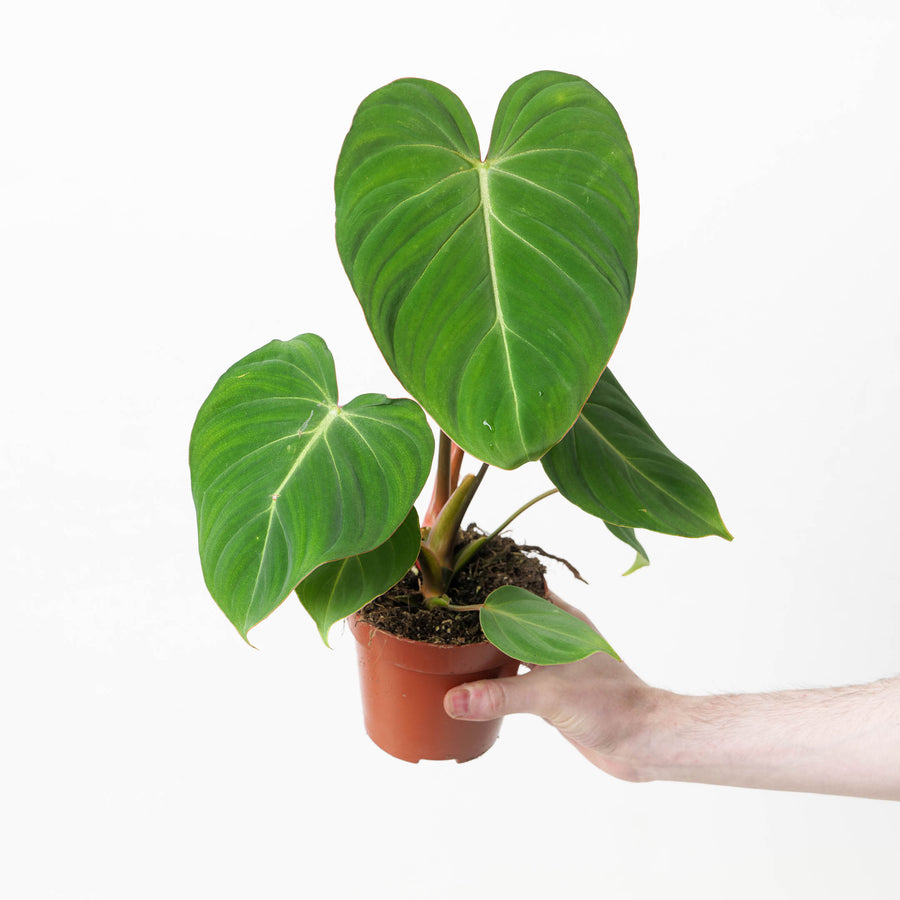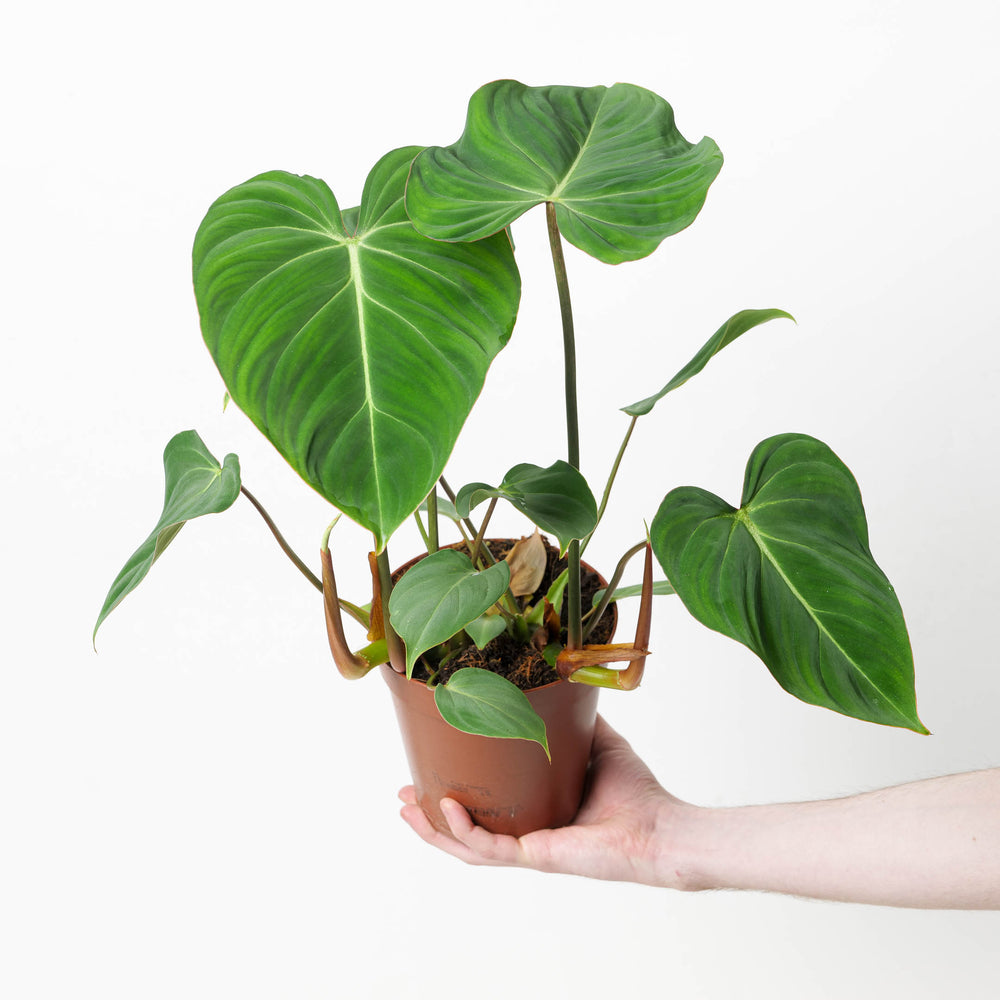Euphorbia abyssinica var., commonly known as the Desert Candle or Candelabra Spurge, is a striking, columnar succulent with upright, green stems that resemble the appearance of a candelabra. This variety of Euphorbia abyssinica features ribbed stems with a deep green colour, often adorned with lighter green or greyish stripes along the ribs. The thick, ridged stems develop small, spiny edges, adding to its architectural appeal. As it matures, it can reach up to 1–2 metres indoors (significantly taller outdoors in its native environment), making it a perfect statement plant for bright indoor spaces.
This Euphorbia is highly drought-tolerant and well-suited to indoor growing, especially in bright locations. Its low-maintenance nature and sculptural form make it a popular choice for modern indoor plant designs, where its cactus-like appearance adds an interesting contrast to other plants.
Native to
Euphorbia abyssinica is native to the dry regions of Ethiopia and surrounding parts of East Africa, where it grows in arid and rocky environments. Its natural habitat receives intense sunlight and infrequent rainfall, which makes it well-adapted to dry indoor conditions and tolerant of occasional neglect.
Water
Euphorbia abyssinica var. prefers to be watered sparingly, especially during its active growing season in spring and summer. Allow the soil to dry out completely between waterings, as overwatering can lead to root rot. During the cooler months of autumn and winter, reduce watering to once every few weeks or less.
Light
This plant thrives in bright, direct light, ideally placed in a south- or west-facing window. Euphorbia abyssinica tolerates lower light conditions but will grow more slowly and may lose some of its vibrant colour. For best growth and to maintain its form, provide at least several hours of direct sunlight daily.
Humidity
Euphorbia abyssinica var. is well-adapted to low humidity and does not require any additional humidity. It tolerates the dry air typical of indoor spaces, so no misting or humidity trays are necessary.
Temperature
This plant prefers warm temperatures between 18°C and 26°C. It can tolerate slightly cooler conditions but should be kept above 10°C to prevent stress. Avoid cold drafts and sudden temperature changes, especially in winter, as these can affect its health.








